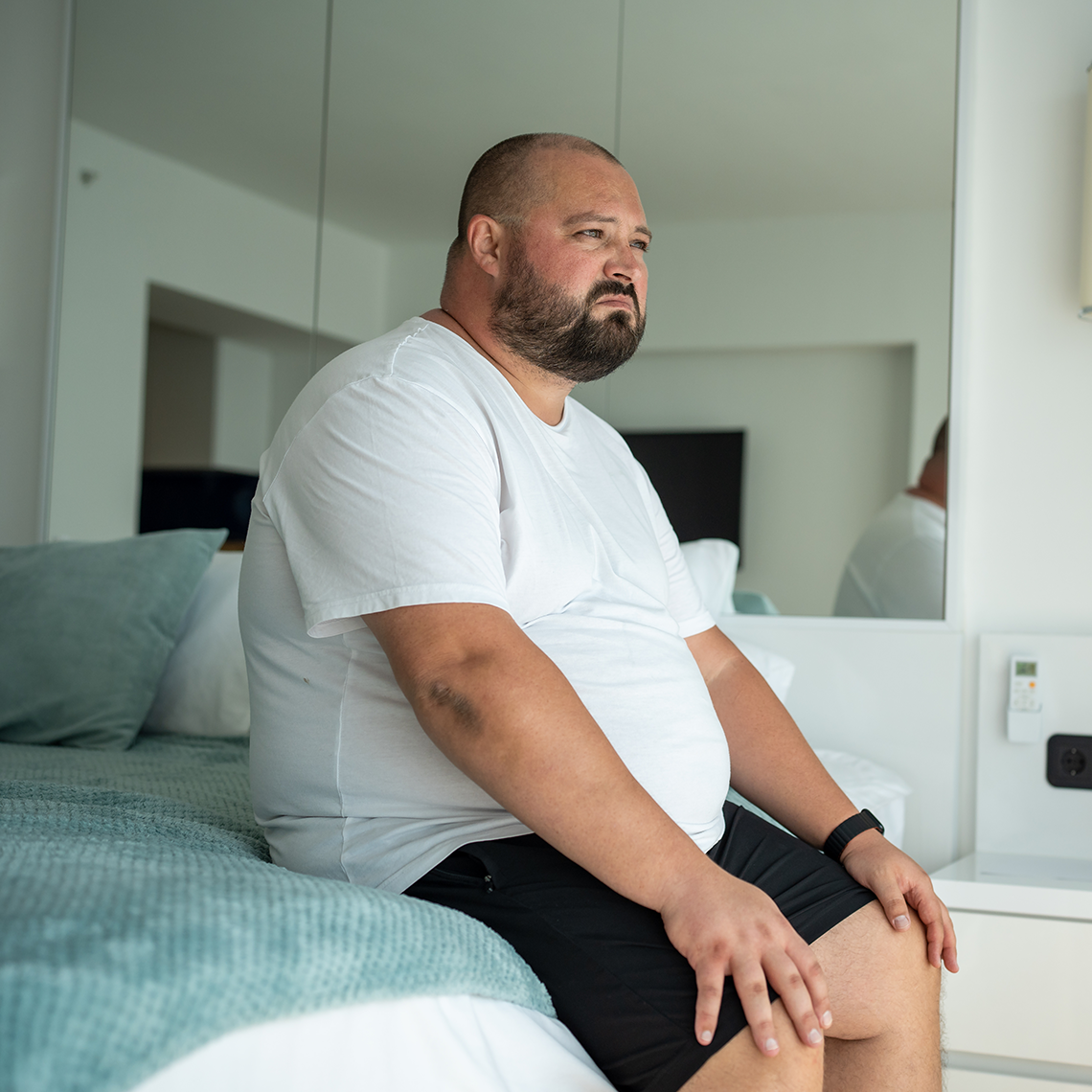Case Study
Unwitnessed Fall Highlights Gaps in Documentation

Description
A patient’s unwitnessed fall in the emergency department (ED) was not documented until the patient returned for further evaluation. Late documentation can be perceived as defensive and may make it difficult to defend care later if there is a lawsuit.
Clinical Sequence
An elderly patient was evaluated in the ED after falling at a skilled nursing facility. A head CT was negative, and a small forehead laceration was repaired. While waiting for transfer back to the skilled nursing facility, the patient had an unwitnessed fall in the ED. The patient was assisted back to bed and evaluated by a nurse and physician. The patient denied pain or injury. Their mobility after the fall was not assessed, and no imaging was performed.
When the patient was transferred back to the skilled nursing facility, it was noted that they were not able to stand or walk. The patient returned to the ED, where imaging identified a hip fracture requiring surgical fixation. The emergency medicine physician documented the patient's unwitnessed fall in the ED for the first time in the medical record during the second ED visit. The nurse caring for the patient when they had the unwitnessed fall documented a “late entry” describing the event after the patient returned to the ED and was diagnosed with a hip fracture.
Allegation
The patient and their family alleged that the standard of care was not met because proper fall precautions were not implemented for an elderly patient being evaluated in the ED for a fall.
Disposition
The case settled in the low range.
Analysis
Patient Perspective
There was a failure to ensure the patient’s safety and mitigate their risk of falling in the ED. The patient did not receive a complete evaluation after their unwitnessed fall in the ED, which led to a delay in diagnosis and treatment of a hip fracture.
Clinical Perspective
The patient’s initial fall risk score assessment in the ED was determined to be inaccurate and proper fall precautions were not implemented. After finding the patient on the floor, the care team did not perform an adequate post-fall assessment, contributing to a delay in diagnosis of the patient’s hip fracture.
Legal Perspective
Timely documentation has heightened reliability in the event of a malpractice claim and better supports patient care. The patient’s fall and post-fall assessments were not documented at the time of the event in the ED. The nurse’s “late entry” in the medical record after the patient returned to the ED could be viewed as a defensive measure and decrease the care team’s credibility.
Discussion questions
- Are you familiar with your organization’s policy for fall risk assessment?
- How would you document an unwitnessed patient fall?
- What resources are available at your organization to help follow up on unexpected events?

See More MPL Cases
A Failure to Document Patient’s Refusal


Inappropriate Anesthesia Administration Results in Severe Consequences

Missed Lung Nodule Results in Fatal Diagnosis

